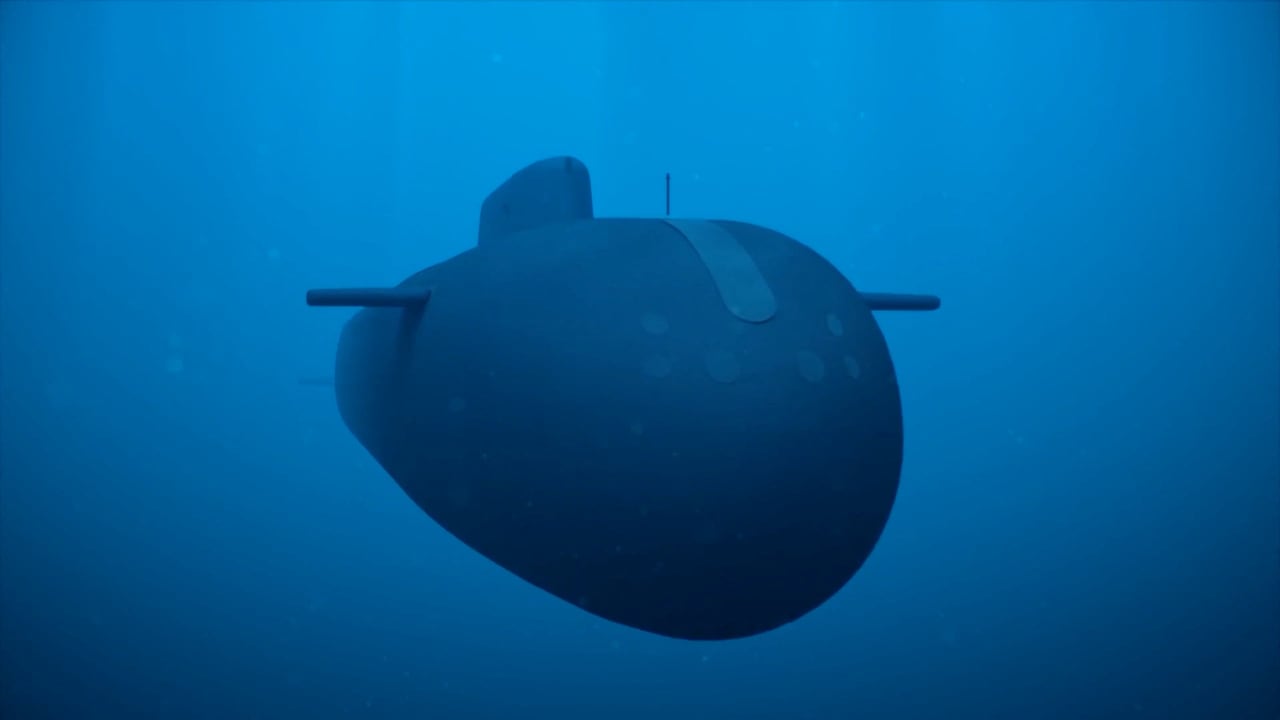Nuclear weapons testing has suddenly become a major topic of debate after remaining largely dormant for three decades. Last week, Russia tested a nuclear-powered missile but did not detonate an actual bomb. In response, President Donald Trump said this week: The US will resume nuclear weapons testing.
So far in the 21st century, the only country that has tested nuclear weapons is North Korea, and all of these tests were conducted underground. The last time the United States tested a nuclear bomb was in 1992. Russia's last test was in 1990. China stopped it in 1996.
The most spectacular nuclear tests were conducted outdoors in the late 1940s and 1950s, producing some of the most iconic and horrifying images of the nuclear age. Since then, the mushroom cloud has become a symbol of threat.
The devastating consequences of these tests are still felt today. The US test at Bikini Atoll in the Pacific Ocean was one of the largest in history. To this day, radioactive fallout contamination makes it unsafe to live there permanently.
Most atmospheric testing ended in 1963, when the United States, Soviet Union and other countries signed the Partial Test Ban Treaty. It did not include specific ways to check whether someone had violated it, but it was proven to be effective. The United States and the Soviet Union stopped this practice and never returned to it. However, France continued above-ground testing until 1974, and China until 1980.
What led to a complete stop of testing (almost)
Underground testing continued by all major powers throughout the 1980s, limiting the spread of radioactive fallout. However, there was a growing movement to completely abandon this practice.
In 1992, the United States introduced its own moratorium on testing. Then in 1996, the United Nations adopted the Comprehensive Nuclear-Test-Ban Treaty (CTBT). It banned all nuclear test explosions anywhere in the atmosphere, ocean or underground.
The treaty created a global monitoring system to detect any nuclear tests. Hundreds of stations around the world measure seismic activity, sound waves in the ocean and radiation in the atmosphere. Thus, no country will be able to secretly conduct a nuclear test. This system detected all North Korean tests.
However, the CTBT only goes so far. It did not officially enter into force because not enough countries had ratified it. These include all the major nuclear powers and a few others: the United States, Russia, China, India, Pakistan, Israel, Iran, Egypt and North Korea.
US President Donald Trump has ordered the resumption of nuclear weapons testing for the first time since 1992. A day earlier, Russian President Vladimir Putin said that Russia had successfully tested a nuclear-powered super torpedo.
While Russia and China have not conducted any large-scale nuclear explosions in recent years, the US State Department says it is possible that both countries have conducted smaller tests that would technically violate the moratorium.
In 2023, Mikhail Kovalchuk, an adviser to Russian President Vladimir Putin, said Russia should test nuclear weapons once a year to “scare the West.” But there is no sign yet that this has happened.
So, nuclear testing is back?
At least partially, yes. Russia's test last week focused on a nuclear-powered missile that could also carry a nuclear warhead. Putin said it has a virtually unlimited range, cannot be tracked and cannot be intercepted. Russia has also conducted exercises using intercontinental ballistic missiles and cruise missiles that can deliver nuclear bombs.
Then on Wednesday it emerged that Russia had tested an underwater drone capable of launching a powerful nuclear strike on a coastal city. The details sound like they were taken from an action movie. The drone, called Poseidon, is designed to explode near a coastline and unleash a massive radioactive tsunami on a major urban center. Again, Putin, who first announced its existence in 2018, said the drone would be too fast to be tracked or intercepted.

As for the US, it depends on what exactly Trump means when he talks about resuming testing. It is unclear whether he is referring to missile tests like those Russia is doing or actual nuclear explosions.
In April this year, the National Nuclear Security Administration, which oversees the U.S. nuclear weapons stockpile, said it was willing to resume underground testing if ordered to do so, but did not see a need to do so.
Trump's statement this week also contradicts what he said just a few months ago. In August, he said he wanted to open talks with Russia and China to reduce or even eliminate the nuclear threat. “We cannot allow nuclear weapons to spread. We must stop nuclear weapons. The power is too great,” Trump said.









